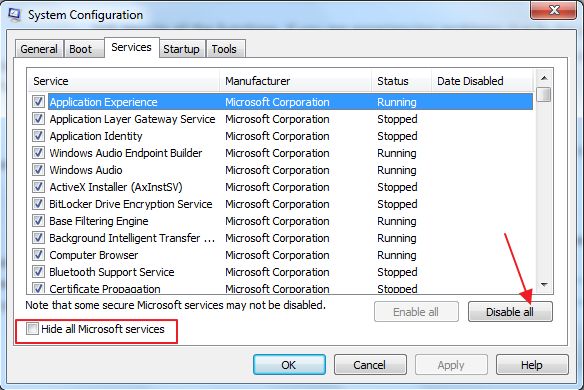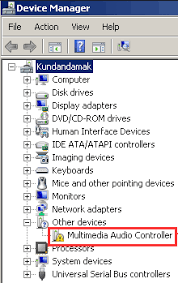If you have ever looked at the processes in the Task Manager, you will see a System Idle process running on your system. The System idle process is an important system process in windows that is spawned by the system to keep the CPU engaged when no other processes are running. The basic objective behind the existence of the system idle process is to prevent the system from freezing which might happen when the CPU is completely idle.
In general, the system idle process uses CPU resources that are not being used. In normal situations, you can see system idle process consuming around 5-10% of CPU resources. However, if other programs are using 5% and the system idle process is using 90 to 95% of CPU resource, there is a reason to worry.
Many users have complained of system idle process high CPU usage that makes their system slow and unresponsive. If you are facing a similar problem with your system, you have landed on the right page. Here we have discussed few easy-to-follow solutions that could help resolve the issue.
Solution One – Disable some processes at Startup
Every time you start Windows, the operating system loads some processes at the startup that could be related to programs installed on your system. Many users have been able to resolve the issue by disabling some processes at Startup and it might help in your case as well. Here are the steps to follow.
- Press Windows + R simultaneously to launch the Run application
- In the Run application window, type msconfig and click OK

- In the System Configuration window, go to the Services tab
- At the bottom of the system configuration, look for the “Hide all Microsoft Services” option.
- Click the box to activate the option. Clicking the box will make a checkmark appear which indicates the option is now activated
- Once all Microsoft services are hidden, you will see all 3rd party application services or processes that are launched during the startup
- At the bottom of the window, click Disable all. This will disable all non-Microsoft services at the startup.

- Click Apply to save changes and close the system configuration window
- Open Task Manager and check the system idle process CPU usage.
If the system idle process CPU usage is 5-10%, you can conclude the steps in the solution worked for you. If you see the system idle process continues to use maximum CPU resources, proceed to the next solution in the post
Solution Two – Check drivers
There is a possibility some drivers on your system are outdated, missing, or corrupt which is causing the problem. In that case, you need to check all drivers and update any outdated drivers or reinstall missing drivers. Here are the steps to follow.
- Open Run window
- Type devmgmt.msc in the Run window and click OK. This will open the Device Manager window
- In the Device Manager window, navigate through all drivers and look for signs like a yellow exclamation mark and a red cross. Both signs indicate a driver problem. A yellow exclamation mark means the driver is outdated or corrupt. In that case, you need to find and install the latest driver for the component.

- If you see a red cross mark near any device, it indicates the driver is missing. In that case, you need to find and install the latest driver for the component.
If you find the manual driver installation process too technical or time consuming, we suggest you to consider a driver update tool. It can update all outdated drivers quickly and automatically.
Updating Drivers Automatically
Automatic driver update tools offer many benefits, the most important ones being:
- You can update device drivers automatically
- The software scans and updates all outdated or missing drivers at one go
- The tool picks the right drivers for your device and operating system, so you won’t have to worry about installing an incorrect driver by mistake
- Automatic driver updates are 100% safe
Driver Updater is one of the best driver update tools out there. Outbyte Driver Updater will give you access to a database of over 1 million drivers. It will regularly scan your PC, suggesting new driver versions to install. Driver Updater contains drivers for a variety of Windows devices. With just one click, you can update drivers in your system.
Step 1
Click here to Install and launch the app
Step 2
Scan all devices
Step 3
Install or update drivers automatically

Leave a Reply